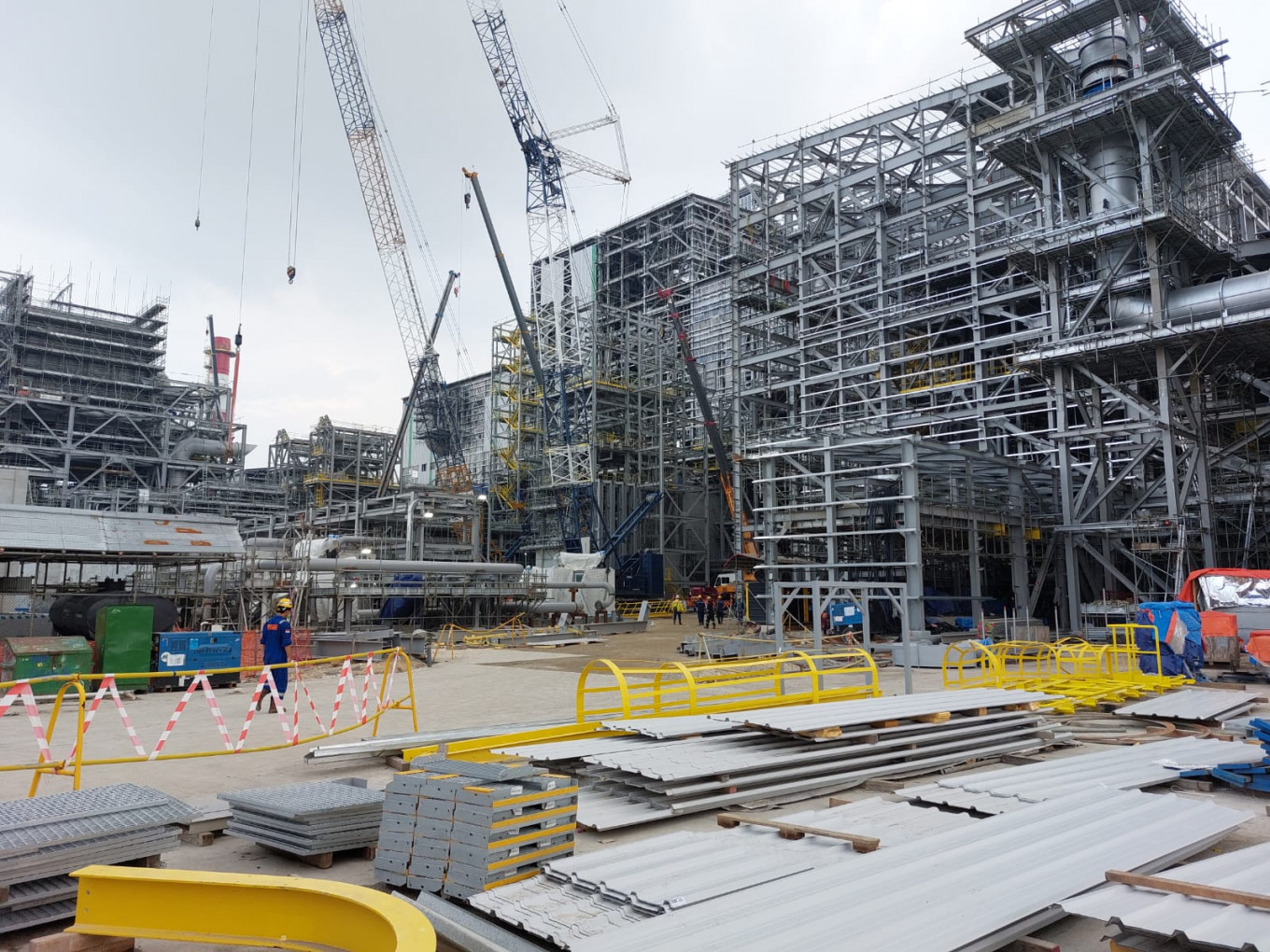

Welcome to our information-packed blog! Who isn’t amazed by the recent surge in foreign funds entering Indonesia? The movement of state cash through foreign fund flows broke a record high, creating a new spotlight on the country’s economic growth. Let’s explore further what inflow actually means and its impact on the Indonesian economy in this article. Let’s see together!
Understanding Inflow and Foreign Funds
Inflow is a term used to describe the influx of funds into a country. Foreign funds themselves refer to investment or capital that originates from abroad and flows into the domestic economy.
The phenomenon of inflow and foreign funds has an important role in influencing the economic conditions of a country, including Indonesia. With the significant flow of foreign funds, the state treasury becomes stronger, thus having a positive impact on economic growth.
In the Indonesian context, inflow is often associated with Government Securities (SBN) as an attractive investment instrument for foreign investors. Through SBN, the government can increase foreign exchange reserves and support infrastructure development and other development programs.
Although inflow can bring various benefits to the economy, it is necessary to be aware of potential risks such as fluctuations in currency exchange rates and dependence on global markets. Therefore, inflow management must be carried out carefully so that it continues to make a positive contribution to Indonesia’s economic growth.
History of Indonesian Inflow
The history of Indonesian Inflow began in the 1980s when the government began to open up to foreign investment. Foreign fund inflows first skyrocketed during that time, providing a major boost to the country’s economic growth.
In the early 2000s, Indonesia experienced a monetary crisis which resulted in a significant outflow of foreign capital. However, with various economic recovery efforts, inflow has begun to recover and grow rapidly.
Technological developments and globalization also influence the pattern of foreign fund flows in Indonesia. Changes in government policy to increase investment attractiveness are an important factor in increasing state inflow.
Over time, Indonesia has become more proactive in attracting foreign investment through various incentives and ease of doing business. This makes the country one of the main destinations for international investors to invest their capital.
Reasons Behind Increasing Inflow
Inflow is the inflow of foreign funds into a country’s economy. In Indonesia, increasing inflow can be caused by various factors that influence the attractiveness of foreign investment.
One of the main reasons behind the increase in inflow is Indonesia’s economic stability which is increasingly attractive to foreign investors. Conducive political and legal conditions also give investors confidence to invest their capital in the country.
Apart from that, structural reforms carried out by the government such as simplifying regulations, accelerating infrastructure development, and supporting priority sectors also support the growth of inflow in Indonesia.
Not only that, developments in financial markets such as government bonds (SBN) are also an important factor in increasing foreign investors’ interest in investing in Indonesia. With the flow of foreign funds coming in through this financial instrument, the state treasury will become stronger.
Positive Impact of Increasing Inflow for the Indonesian Economy
First, increasing foreign fund flows can help strengthen the rupiah exchange rate against foreign currencies. This will provide economic stability and encourage investment growth in the country.
Second, with an increase in state cash from inflow, the government has more resources to finance infrastructure development projects needed to support economic growth.
Apart from that, increasing the flow of foreign funds can also reduce loan interest rates and stimulate the local business sector to develop more quickly.
Overall, these positive impacts bring major benefits to the Indonesian economy by creating an environment conducive to long-term growth and prosperity.
Challenges Faced in Managing Inflow
The challenges faced in managing inflow are something that cannot be taken lightly. One challenge is fluctuations in foreign exchange rates, which can have a direct impact on the country’s economy. Apart from that, changes in global monetary policy could also become an obstacle in managing the flow of foreign funds.
Apart from that, risks related to market volatility also pose challenges for those responsible for managing inflow. Political uncertainty and global economic conditions also influence foreign funds enter Indonesia. Apart from that. Appropriate regulations and policies are needed to maintain the stability of foreign fund flows so that they do not have a negative impact on the Indonesian economy.
Therefore, cooperation between the government and related institutions is needed to face these various challenges. Capacity building and a deep understanding of global market dynamics are also key to managing inflow effectively and sustainably.
Strategies to Maintain Increased Inflow
With the increasing flow of foreign funds to Indonesia, it is important for the government and market players to remain vigilant and proactive in managing and maintaining this increasing inflow. Appropriate strategies need to be developed to maintain the country’s economic resilience and prevent potential risks that could arise.
Some strategies that can be implemented include diversifying sources of foreign funds. Strengthening international cooperation, increasing the transparency of investment policies. And continuing to improve regulations to create a conducive investment environment.
By implementing these strategies, it is hoped that Indonesia can continue to support economic growth by increasing state treasury through sustainable flows of foreign funds. In this way. Indonesia will become stronger in competing in the global market and have a positive impact on national development and societal welfare.





